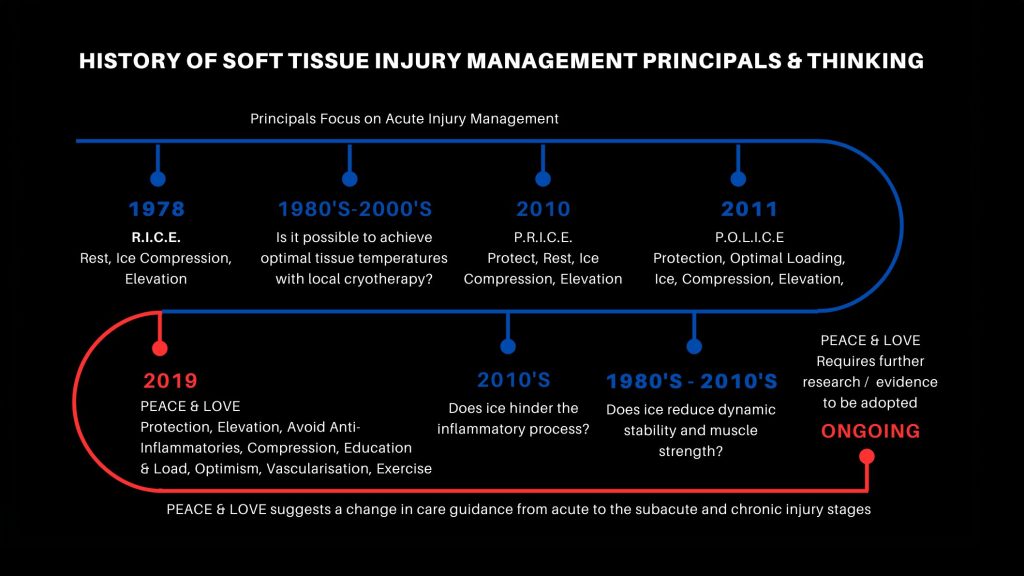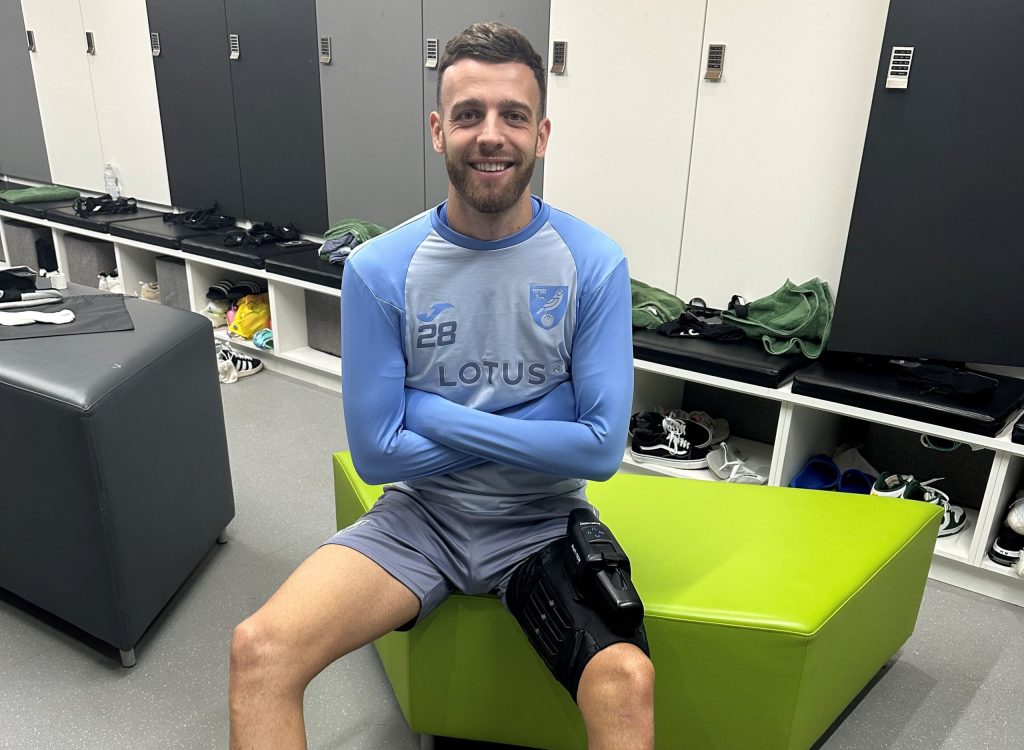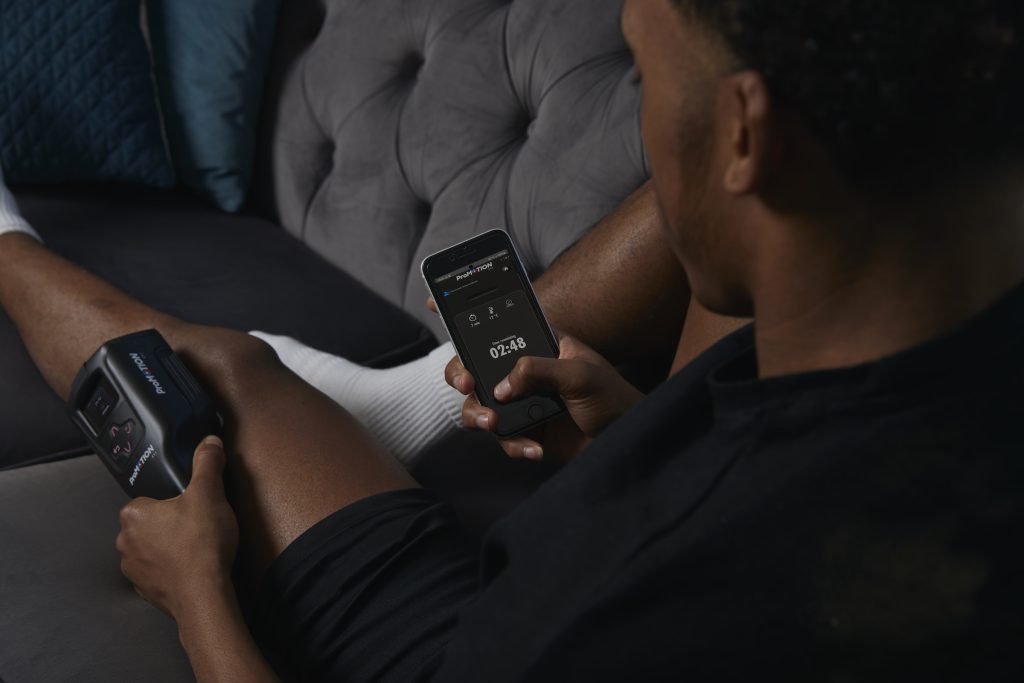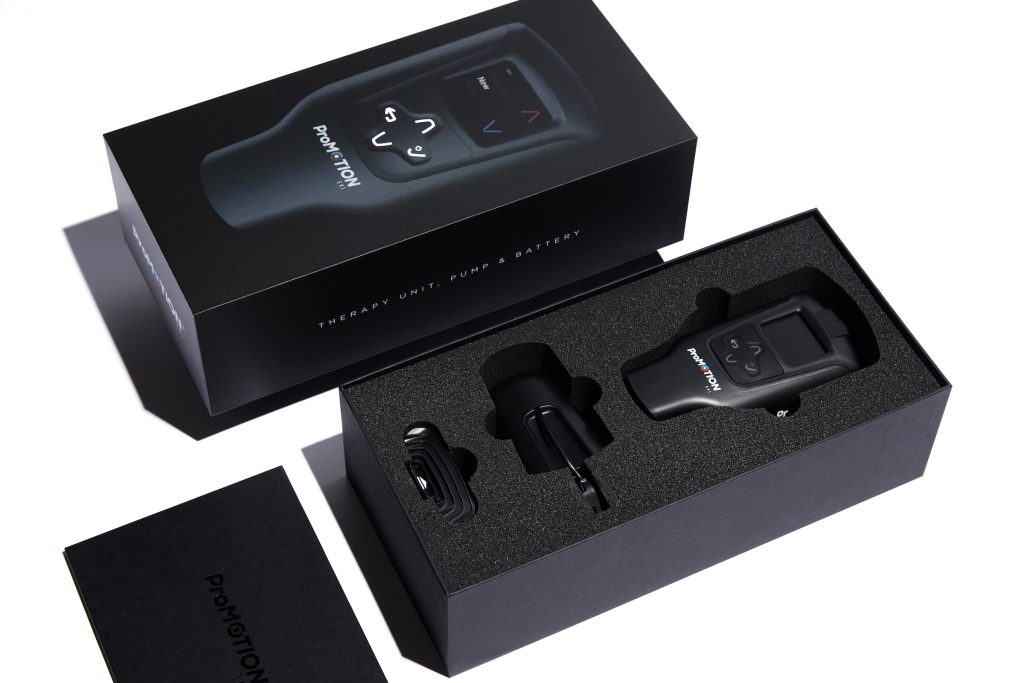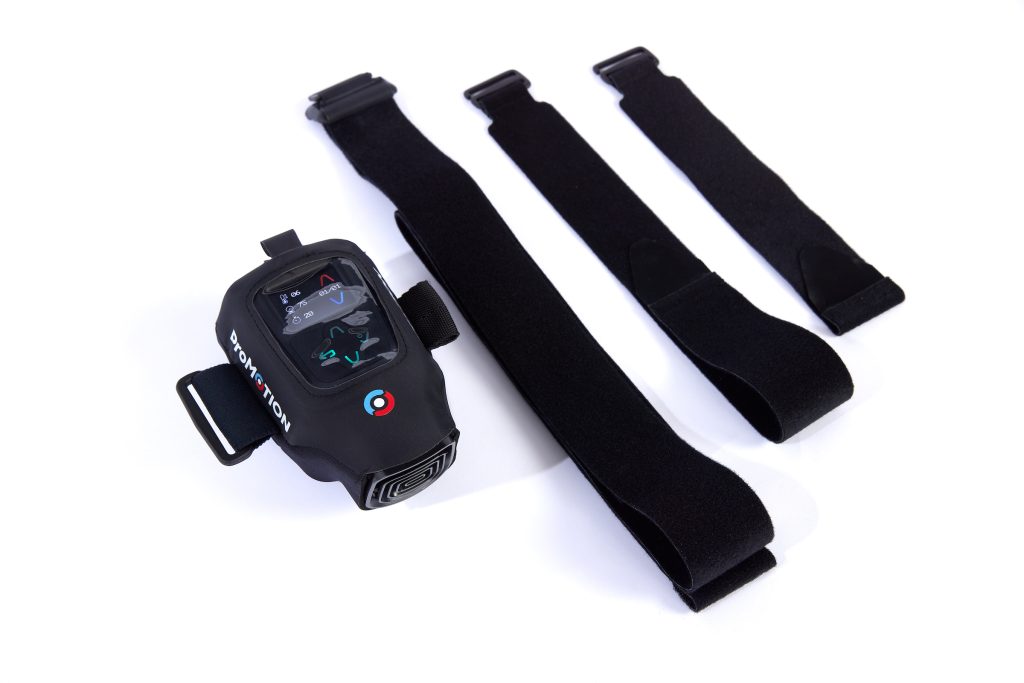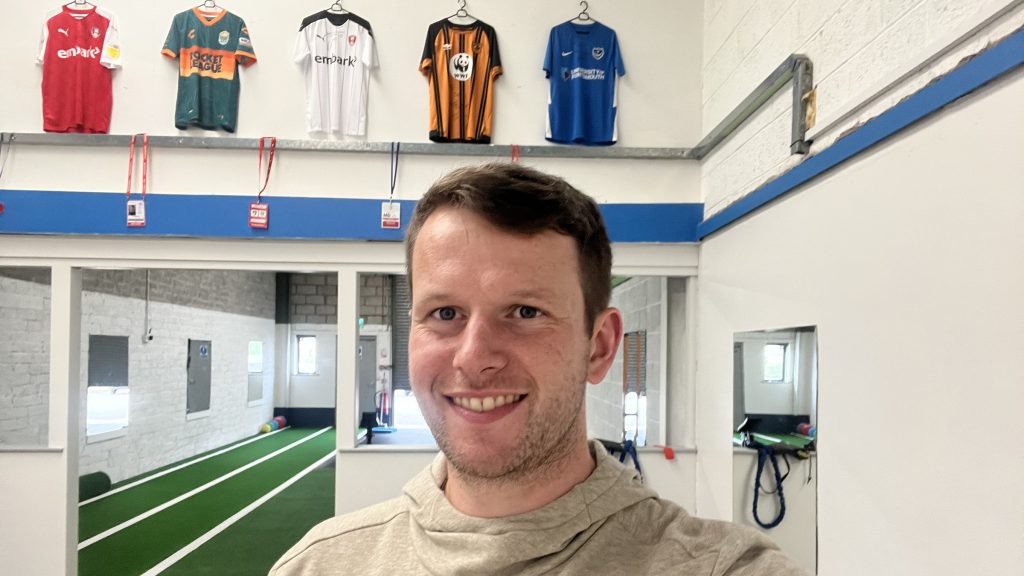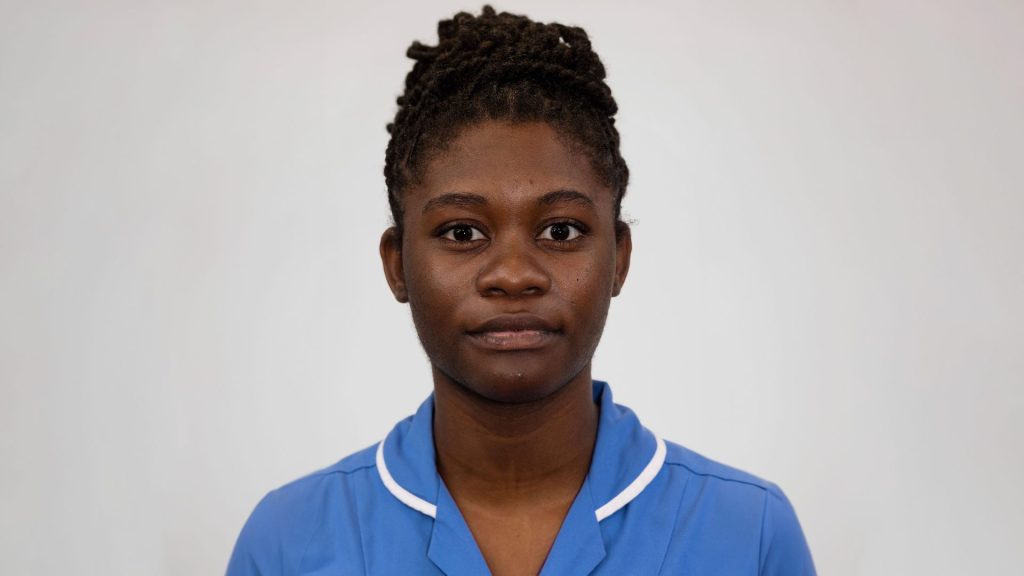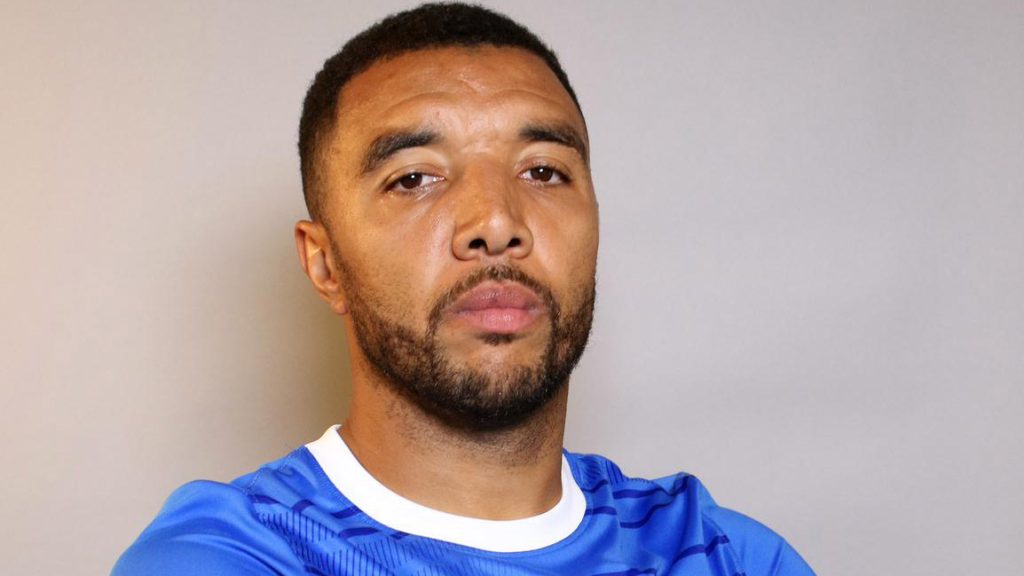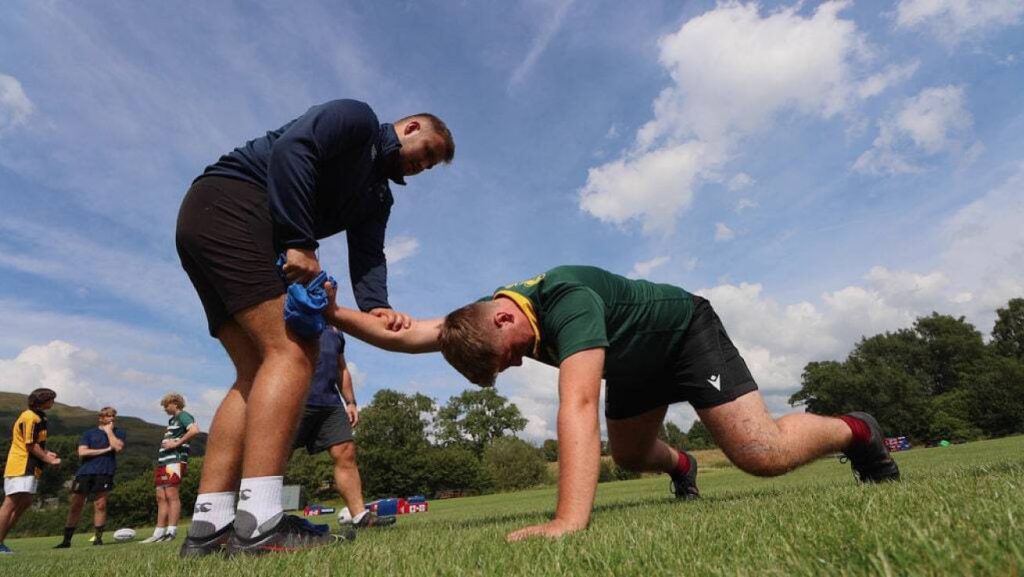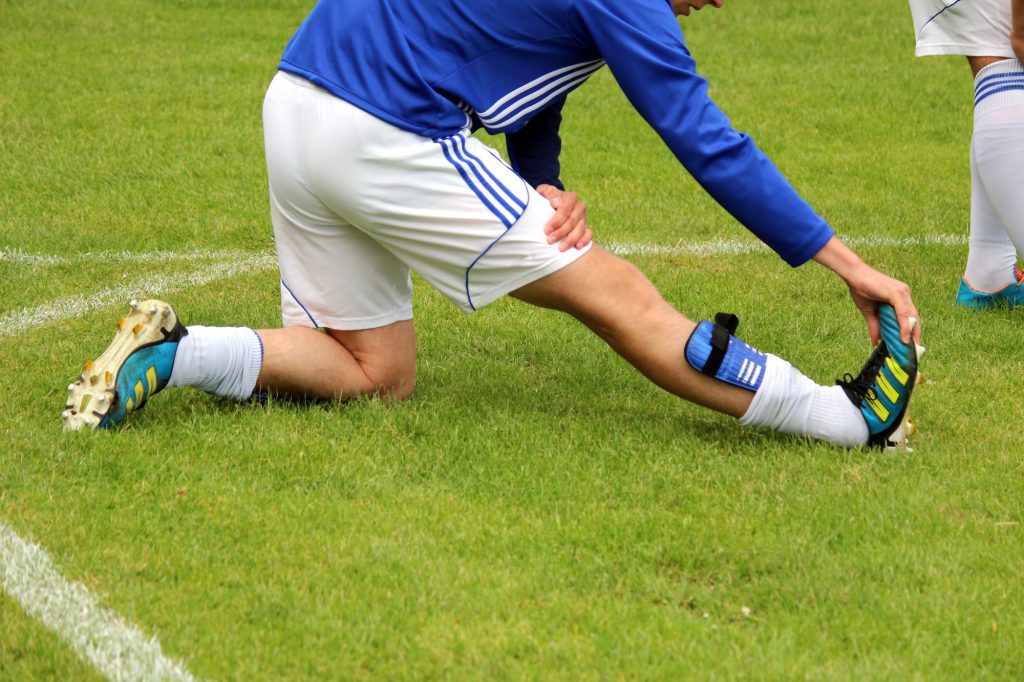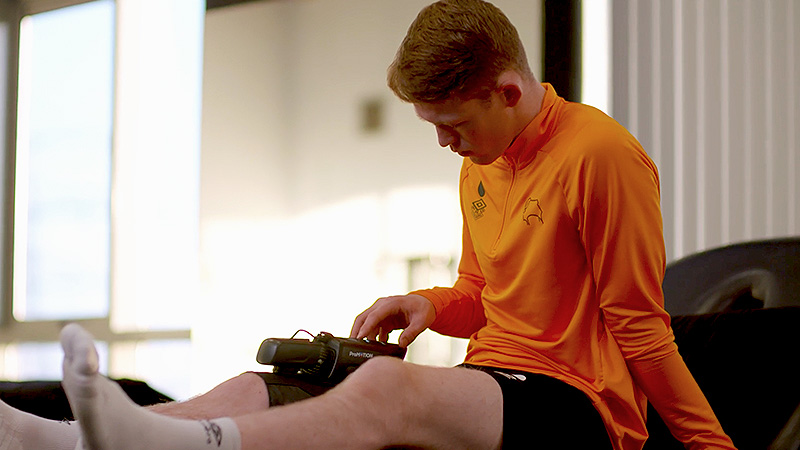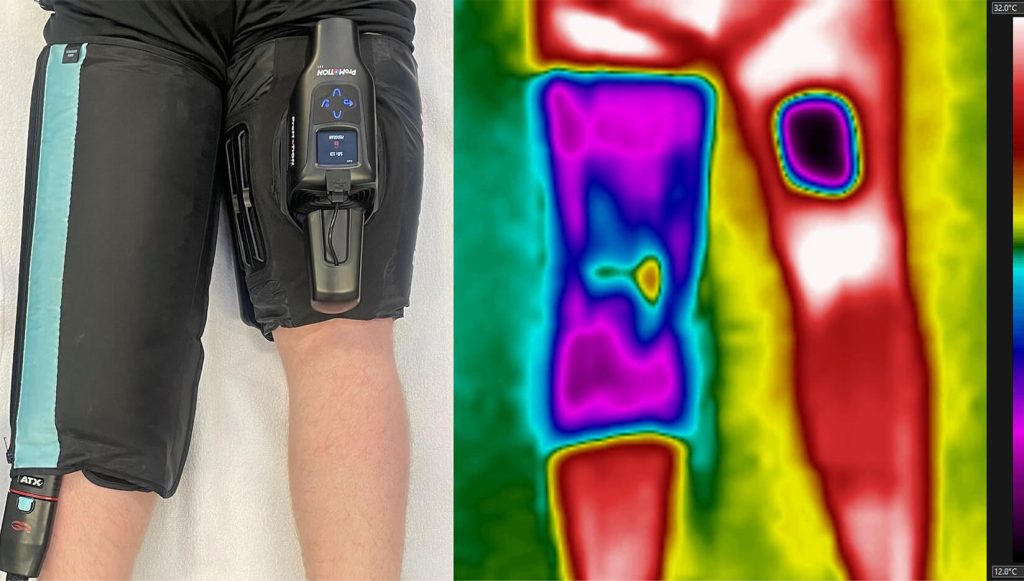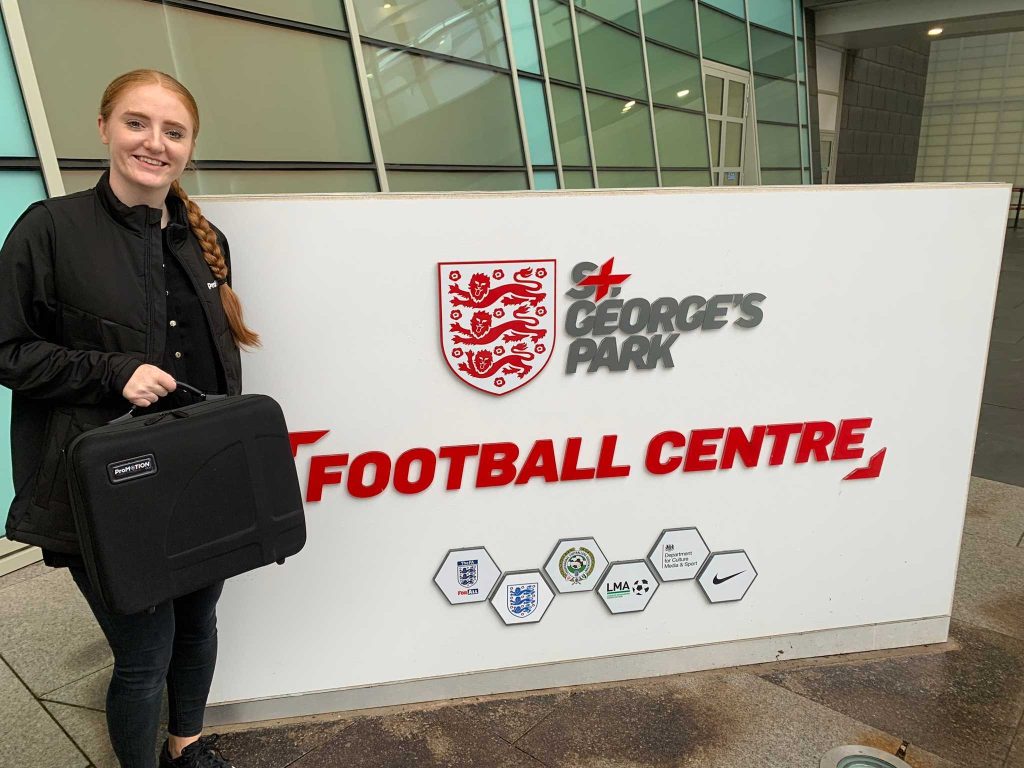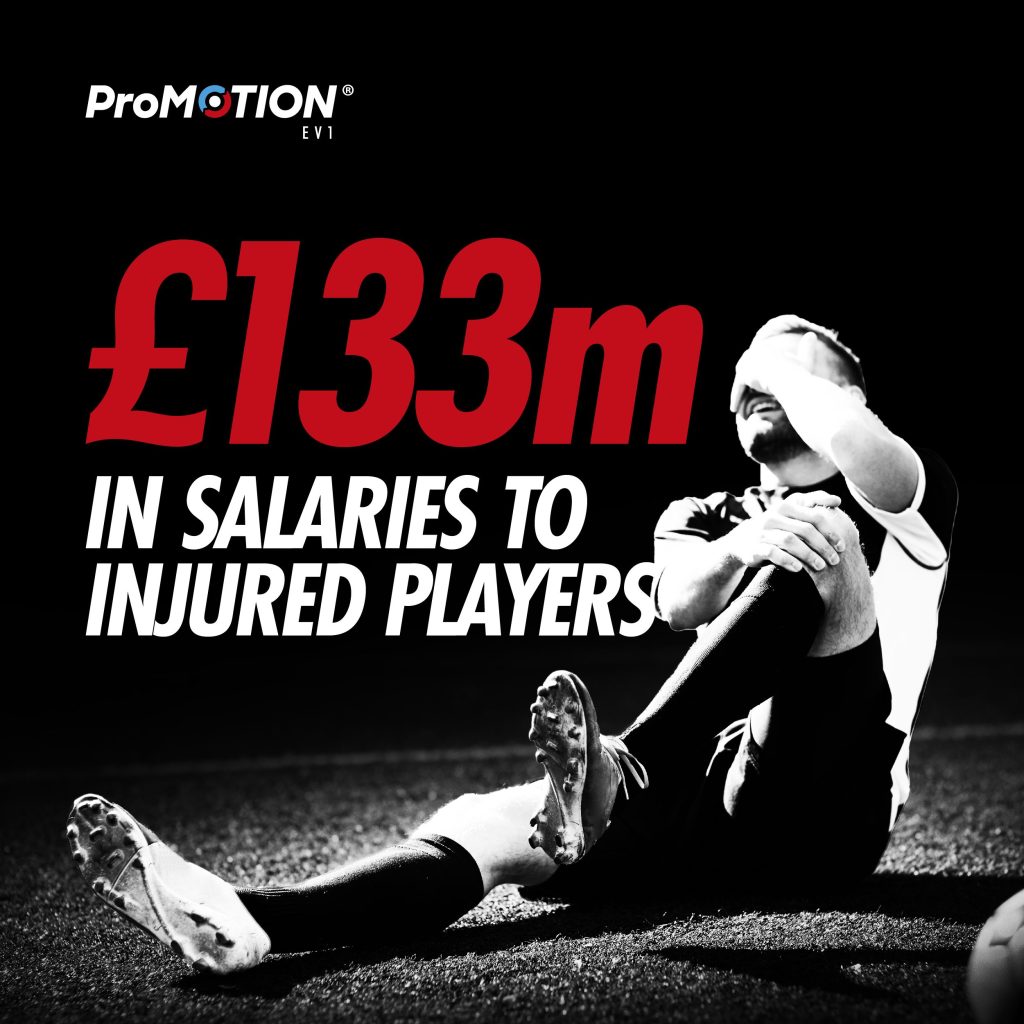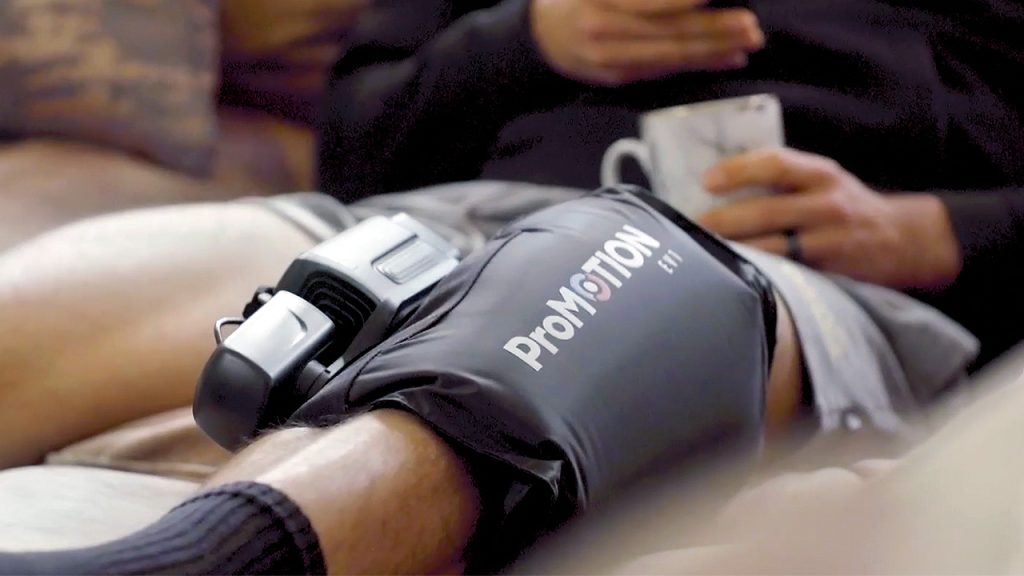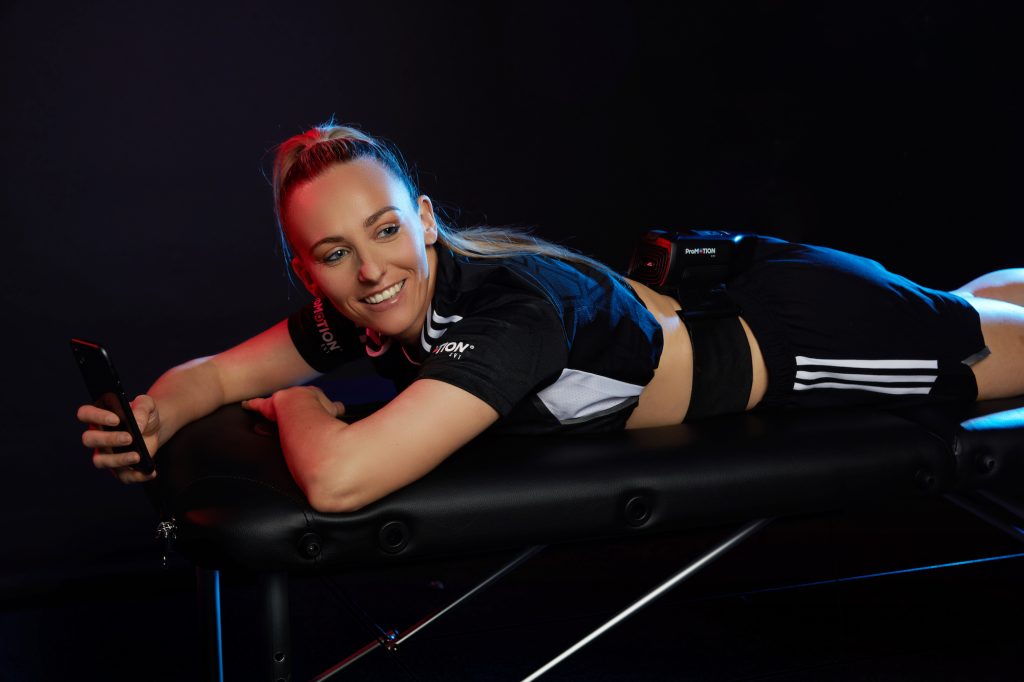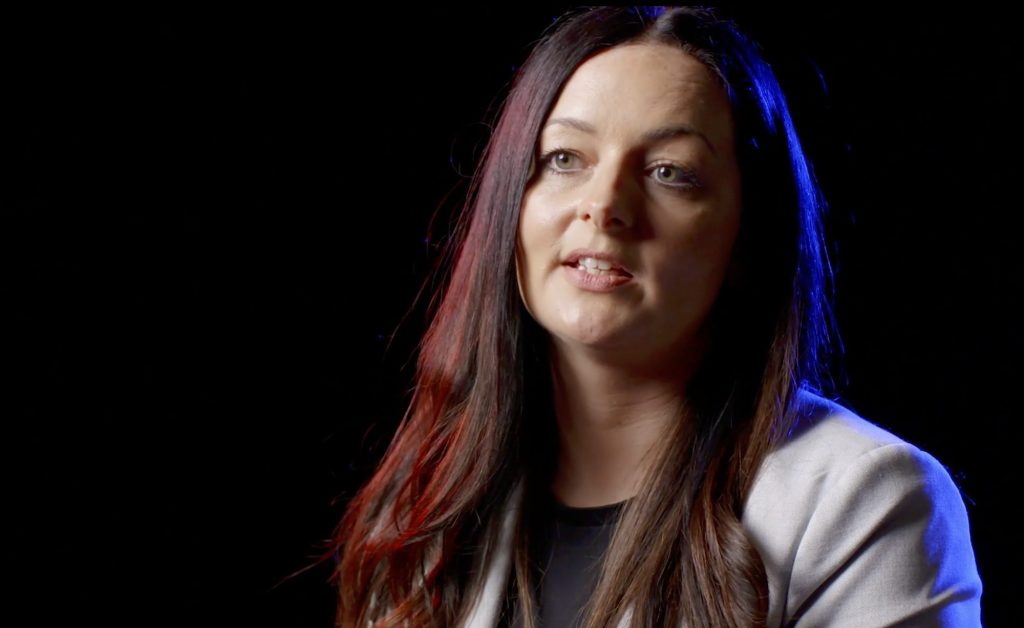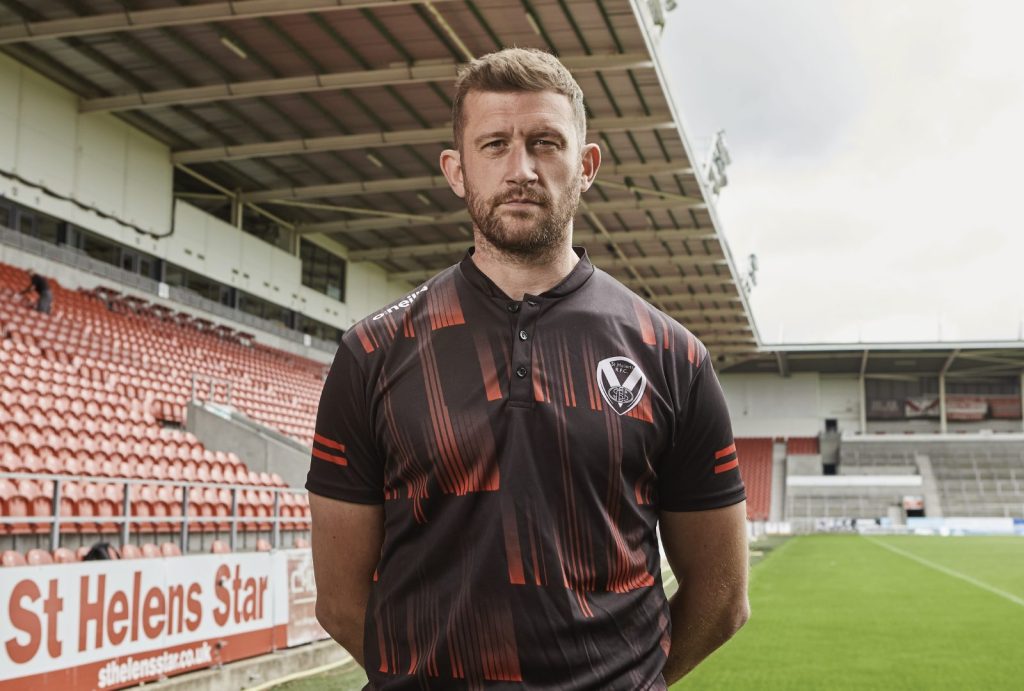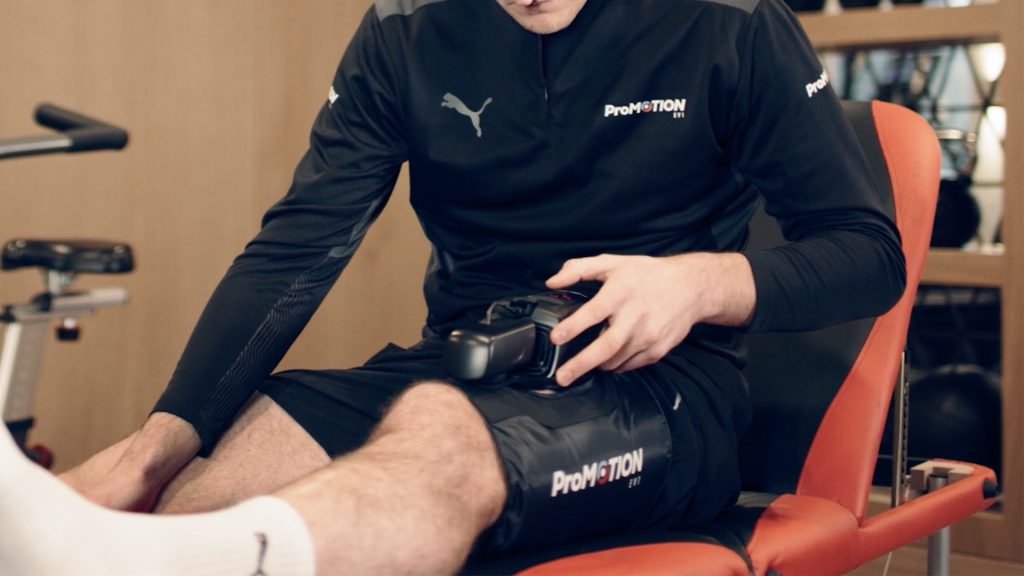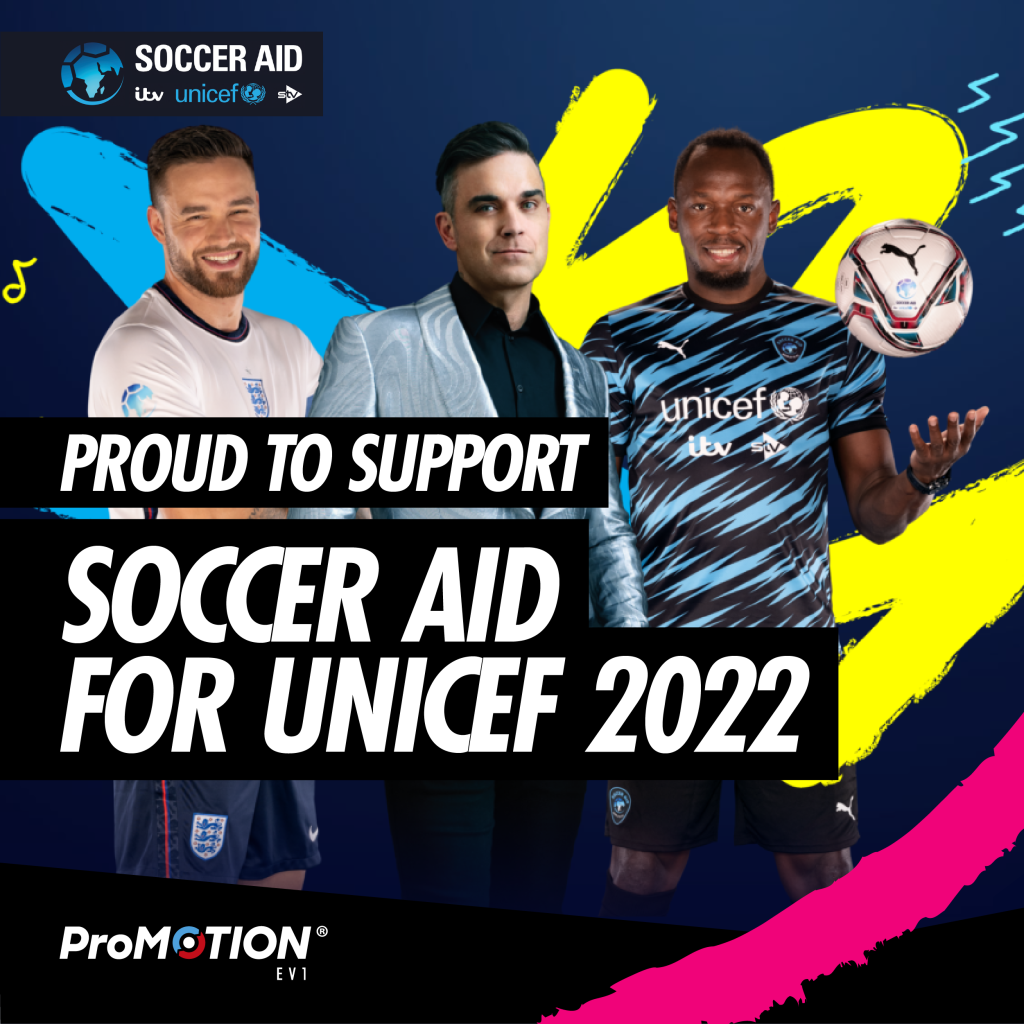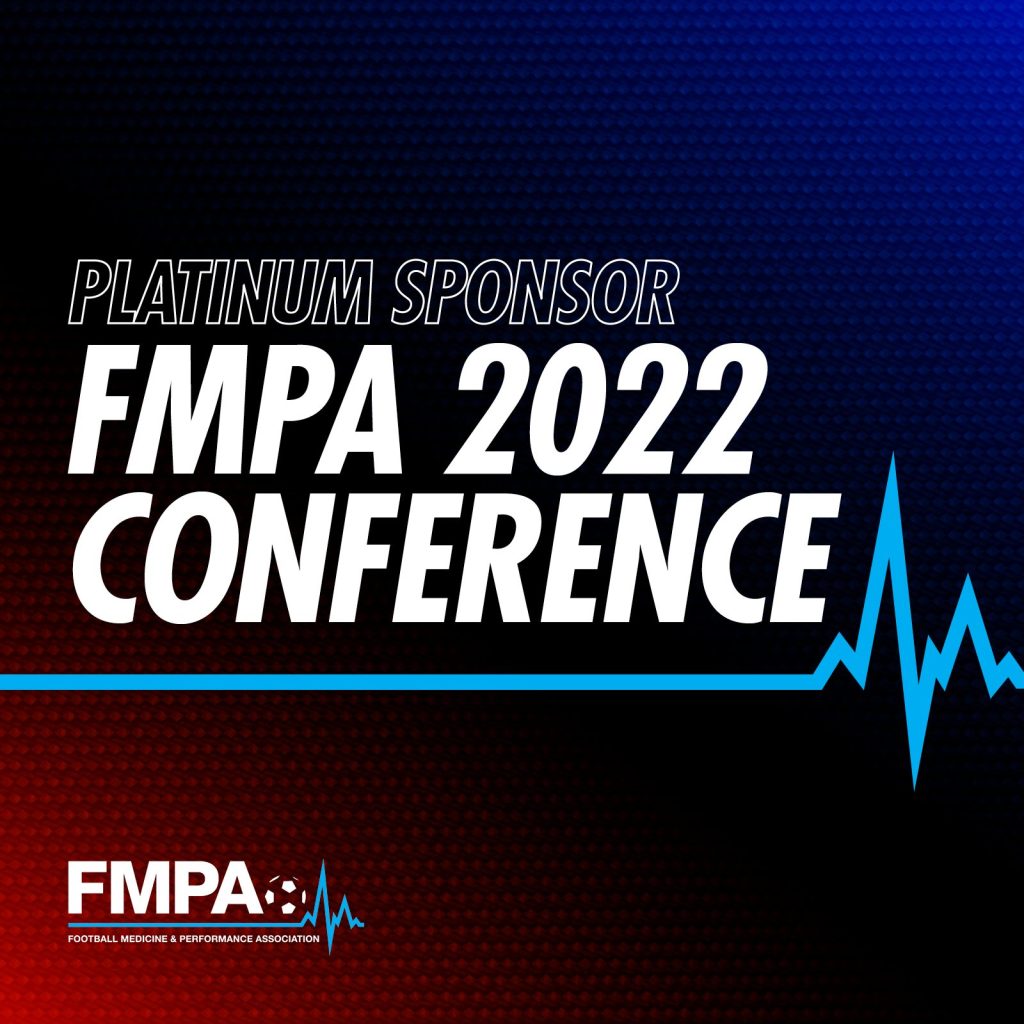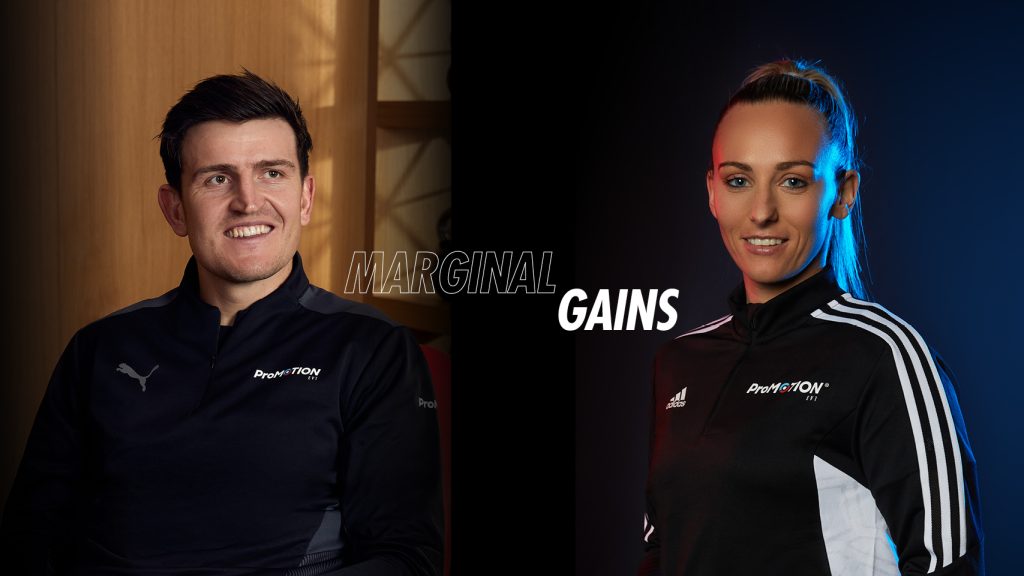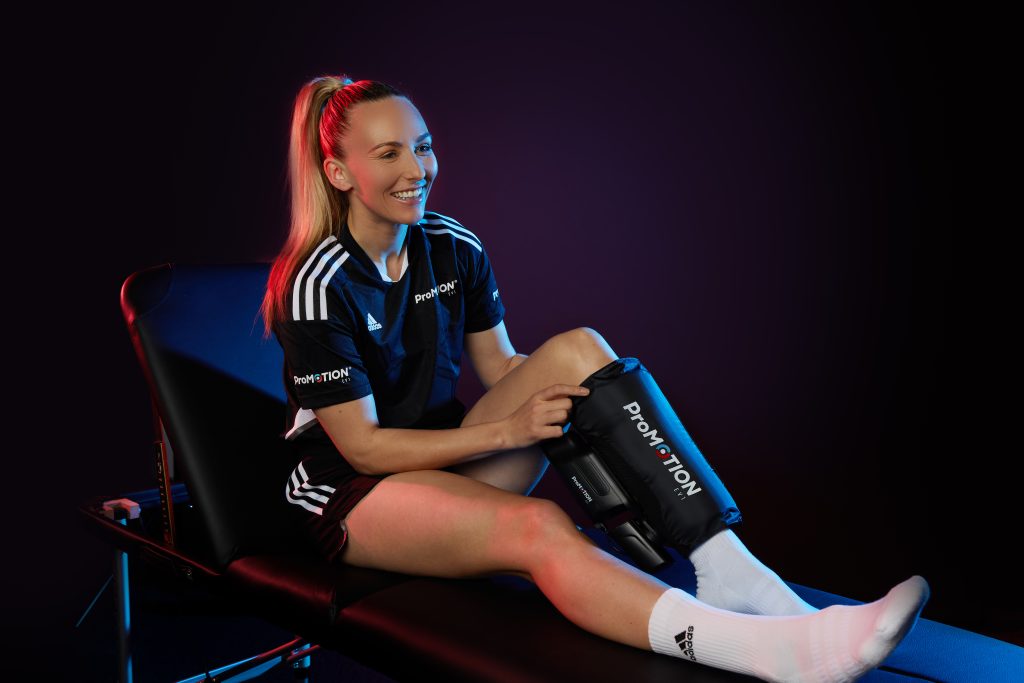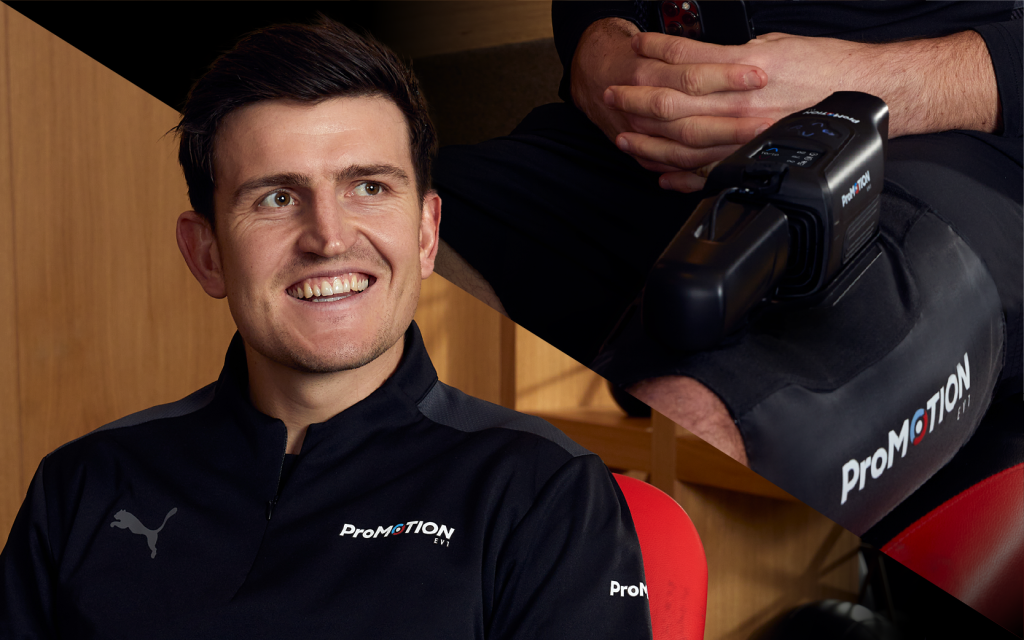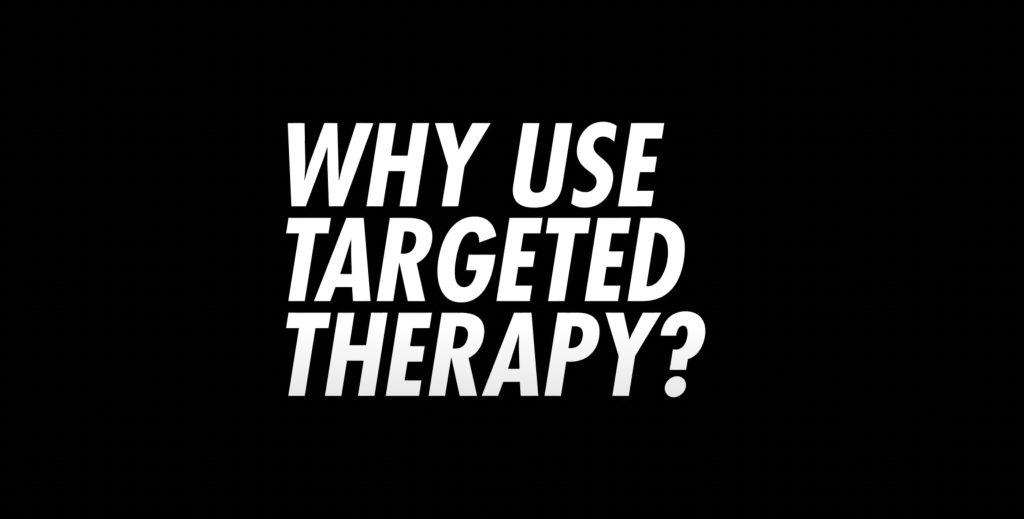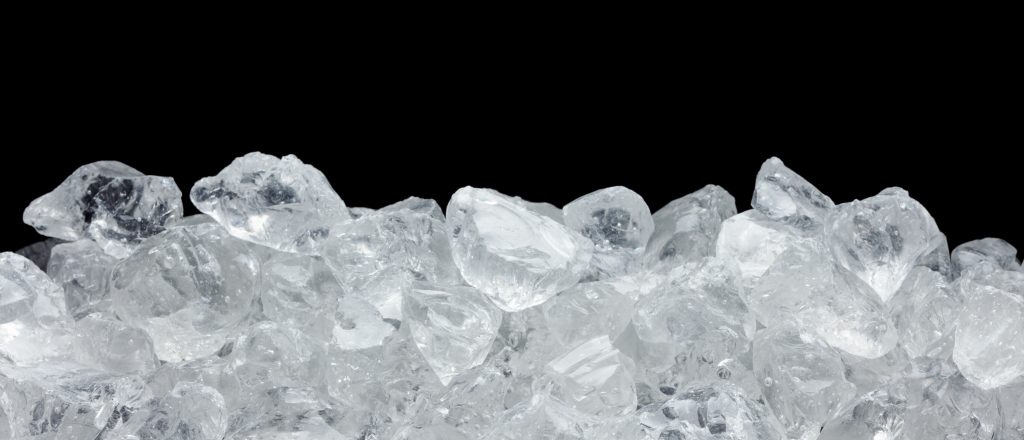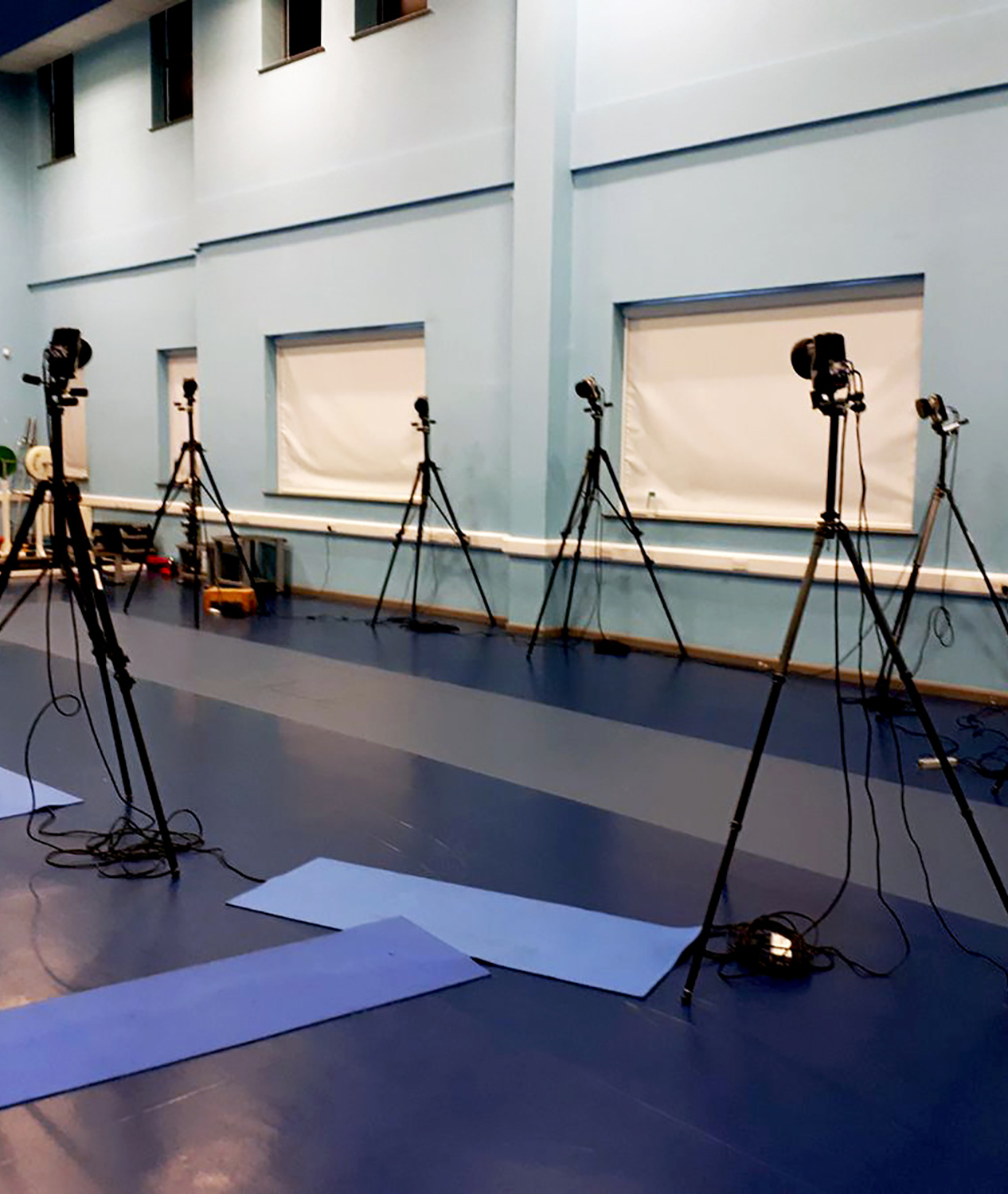With all eyes on the sport during the 2023 Rugby World Cup, we are focussing on the injuries we can expect to see during the seven week long tournament and those that have been supported by ProMOTION EV1 in the past.
The showpiece event in men’s rugby union 15s, which this year takes place in France will feature 20 national teams, playing 48 matches, across 51 days.
Rugby is a sport that demands physicality, agility, and split-second decision-making. With such intensity, it is no surprise that unexpected and intense injuries are a common occurrence on the rugby field. The adrenaline-fueled nature of the game often leads to bone-jarring tackles and collisions with other players, which can result in concussions, knee, shoulder, and ankle injuries.
One of the major factors contributing to these injuries is the sudden changes in direction that players make during a match. With lightning-quick movements, players can quickly switch their course, leaving opponents scrambling to react. However, this agility also comes with a risk of injury, as the body is pushed to its limits.
Concussions are particularly common in rugby, as the sport involves high-impact collisions and impact injuries are likely to be experienced with every player on the pitch in some way.
Injuries to joints such as the knees, shoulders, and ankles are also prevalent in rugby. The physical demands of the sport, coupled with the fast-paced nature of the game, put immense strain on these joints. Ligament sprains and joint dislocations are all too familiar to rugby players.
Muscle injuries, especially to the upper and lower thigh, are another common occurrence. The explosive power needed for sprinting and tackling can lead to strains and pulls in these muscles. Proper warm-up routines, regular strength training, and adequate rest are essential in preventing such injuries. The physical demands and intensity of rugby make it a breeding ground for injuries.
The Association of Chartered Physiotherapists in Sports and Exercise Medicine (ACPSM) recommend the POLICE (Protection, Optimal Loading, Ice, Compression, Elevation) approach for acute soft tissue injury management
During international tournaments when teams are away from their usual club treatment facilities, spending a lot of time travelling and staying in hotels, the constant need for on-demand ice can be a struggle. That’s why tools like ProMOTION EV1, that require NO ICE or WATER, play a crucial role in supporting athletes and helping them recover from these acute injuries.
St Helens RFC player Lewis Dodd and Regan Grace with French club Racing 92 both used ProMOTION EV1 to support their recovery journeys from ruptured achilles tendons.
Lewis said: “I couldn’t speak highly enough of the product itself, it was very good for the recovery I went through. No one wants injuries and I’m sure most of the lads say they like to play on with it, but when it’s an injury you’ve got to be smart and look after yourself.
“I’m not the best with technology, but I found it really easy to use. It’s very simple to connect up to my phone with the app, and then 30 seconds and it’s on. I used it every day when I went home from training. It’s very light, you can walk about with it on and you don’t really know it’s on there, but you know it’s very good at what it does.
Regan Grace added: “After seeing the success my former teammate Lewis Dodd at St Helens has using the device, I decided to invest in ProMOTION EV1 for my own recovery from a ruptured Achilles.”
Nathan Mill is Head Physiotherapist at St Helens RFC and it was his decision to bring ProMOTION EV1 into the team.
He explains: “We won three championships in a row and it comes with a great degree of pressure. In order for us to try and maintain that success we have to look at things that are quite new and those little areas where we can flex and stretch and grow.
“We got introduced to ProMOTION and read some of the research and the research just blew me away, because the validity and reliability studies it went through were really impressive.
“We’ve used cold therapy prior to them preparing to train and play. Because it’s so bespoke in the areas it can apply it, you don’t get this global coldness around one joint, so we can be specific with applying it. Other devices we’ve used in the past have been wrapped around the whole joint, so you’re knocking out potential muscle activation of the joint before you go into play. And we’ve found the lads really like it too, so the compliance is really high and it’s easy to use.”
Nathan adds: “Anything that helps people and helps players get back on the pitch I think is something we should be sharing good practice in, so this device is something I would comfortably recommend and offer my seal of approval based on how it’s actually benefited us here at St Helens. And in this particular case with Lewis it’s been unbelievably impactful.”
If ProMOTION EV1 is of interest for your own recovery or for your team book a free, no obligation demonstration or get in touch to arrange a trial period for your club.

